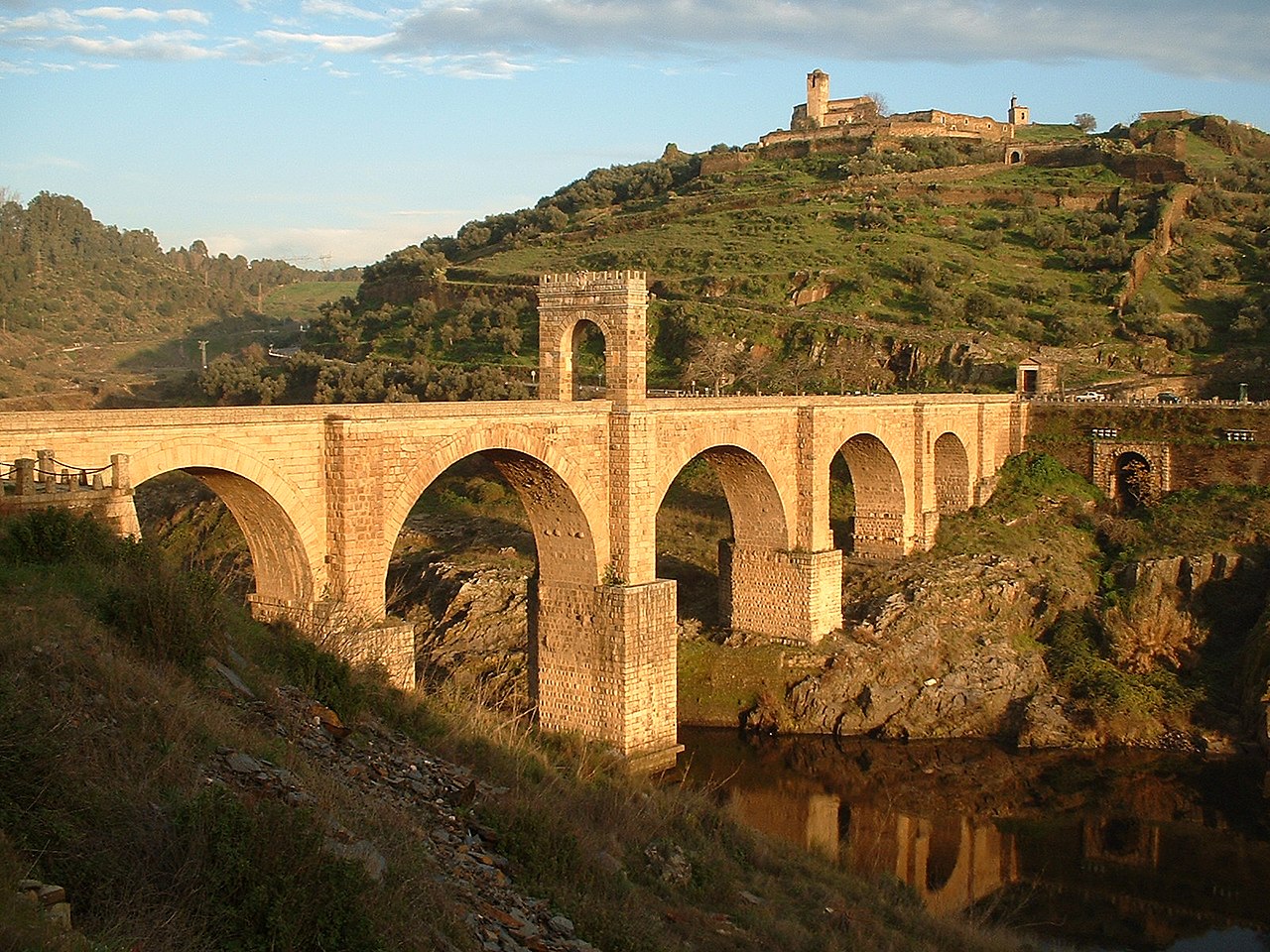
There are many famous roman bridges throughout Europe. In fact, the Latins were great engineers and built crossings over rivers that have lasted for many centuries. Thanks to his expertise, we still enjoy seeing these bridges in many cities today. And some of them are still in use.
Logically, a good part of these constructions are found in the current Italy. But there are also majestic ones in other places that were subjected to the roman domination, without going further, Spain. In our country they also conserve aqueducts like the one in Segovia or remains of other Latin constructions such as the Tarragona amphitheater and even entire cities like the Hispalis Seville. But without further ado, let's talk about famous Roman bridges. Also, in each place where they are, we will take the opportunity to take a short tour of their other monuments.
Roman bridge of Alcantara
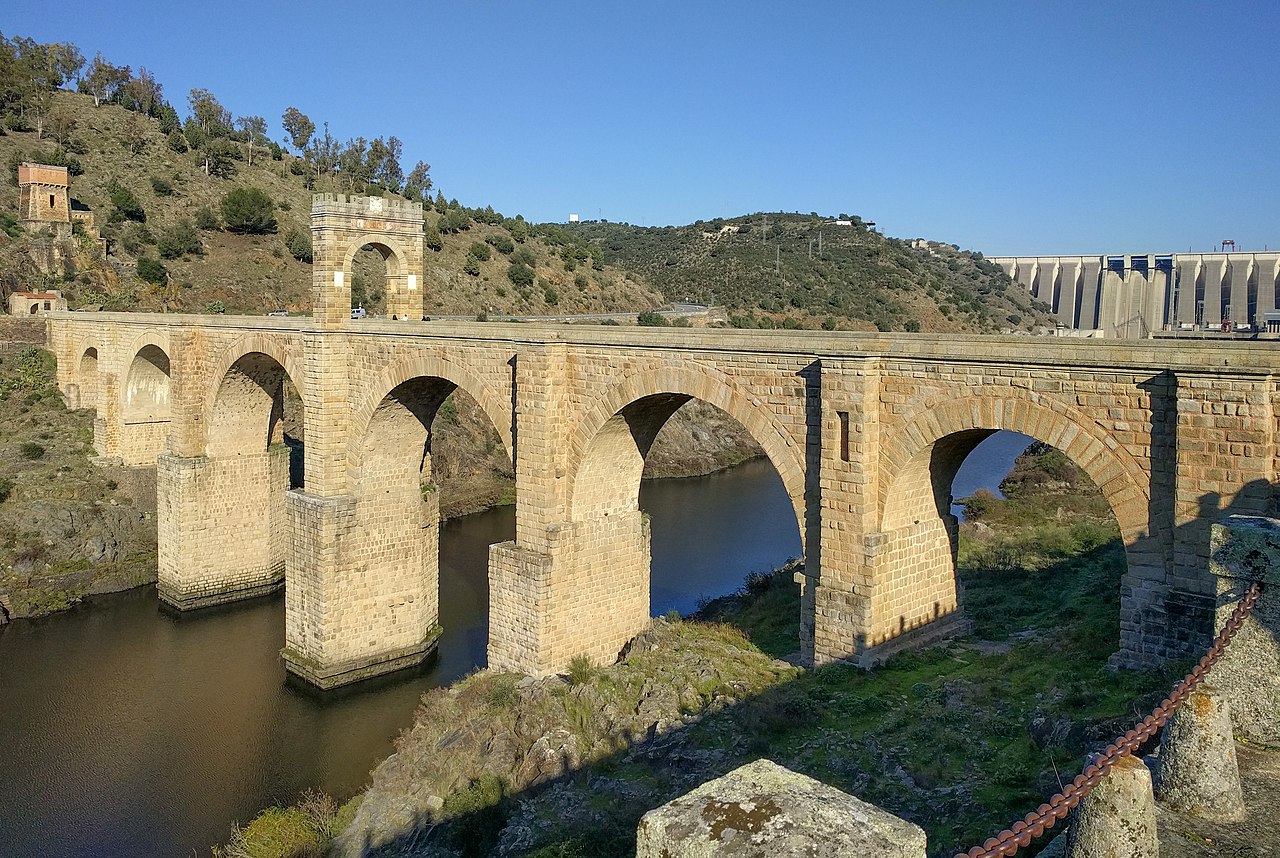
Bridge of Alcantara
We begin our tour of what is perhaps the most famous in Spain. This is the Alcántara bridge, which is located in the city of Cáceres with the same name on the tagus river. It has been dated around the year 103 after Christ and still stands out today for its magnificence.
It is made up of six semicircular arches at different heights. In turn, these are arranged on five pillars with high buttresses. Also, in the center of its platform you will see the Trajan's arch and at its entrance from the Alcántara side there is a small temple. You will be surprised by its perfect state of conservation. However, it has been restored several times.
This building was part of the via Norba, which linked the area with the Lusitania and, in turn, communicated this with the most important Via de la Plata. The bridge is almost two hundred meters long and almost sixty meters high.
On the other hand, since you are in Alcántara, we advise you to also visit the Segura bridge, also from Roman times, although more humble than the previous one. You must also see the churches of Santa Maria de Almocovar and San Pedro de Alcántara, built in the twelfth and seventeenth centuries respectively. But, above all, do not forget to visit the castle and its bastioned enclosureas well as the spectacular Convent of San Benito, with its imposing gallery of Carlos V and its cloister.
Pont du Gard de Nîmes
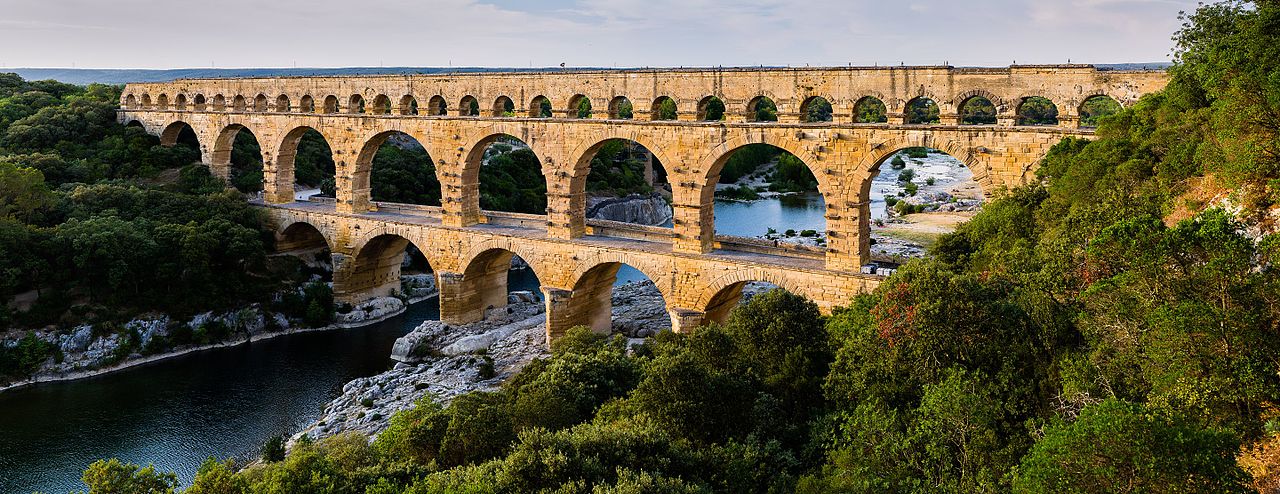
Gard's bridge
The French city of Nimes It was an important Roman city. Occupied by the Latins around the year 120 BC, they converted it into an important center of communications. The construction of the Pont du Gard falls within this context.
Its main curiosity lies in the fact that it is not an autonomous construction, but forms a joint with the imposing aqueduct who brought water to the city. It was built in the first century after Jesus Christ and gets its name from the river that it saves. It is almost three hundred meters long and about fifty meters high and is arranged on three levels.
As a curiosity, we will tell you that it was built without using mortar. Its stones, some weighing six tons, are held together by iron staples. In fact, it was a complex engineering work that required complicated scaffolding to support the structure while it was being erected. And the participation of almost a thousand workers.
On the other hand, since you are in Nimes, do not forget to visit other monuments from the Roman era. Among them, the Sand or amphitheater, built in the same years as the bridge. And also the Square House, a spectacular temple, and the Magna Tower, which was part of the wall and is located on Mount Cavalier.
Finally, we advise you to see the Cathedral Basilica of Our Lady and Saint Castor, a Romanesque jewel (it also has Gothic parts) that was built, precisely, on an old Latin temple.
trier bridge

One of the most famous Roman bridges: Trier
This Roman bridge is the oldest in Germany, as it is located in the city of Trier, located in the state of Rhineland-Palatinate. It crosses the Moselle river and is curious that it is the third built there in Latin times. Previously there were two others that were demolished to build the one we are presenting to you.
Sitting on strong pilasters, it forms, together with other monuments in the city, a group declared a World Heritage Site. Among these, you can also see them from Roman times such as the Amphitheater, Imperial Baths or the Porta Nigra. But also later such as the imposing San Pedro Cathedral or the church of Our Lady.
Not surprisingly, Trier was one of the capitals of the so-called tetrarchy. This was created by Diocletian to lead the Roman Empire in the third century after Christ. And it receives that name because it had two major emperors and two minor caesars.
verona stone bridge
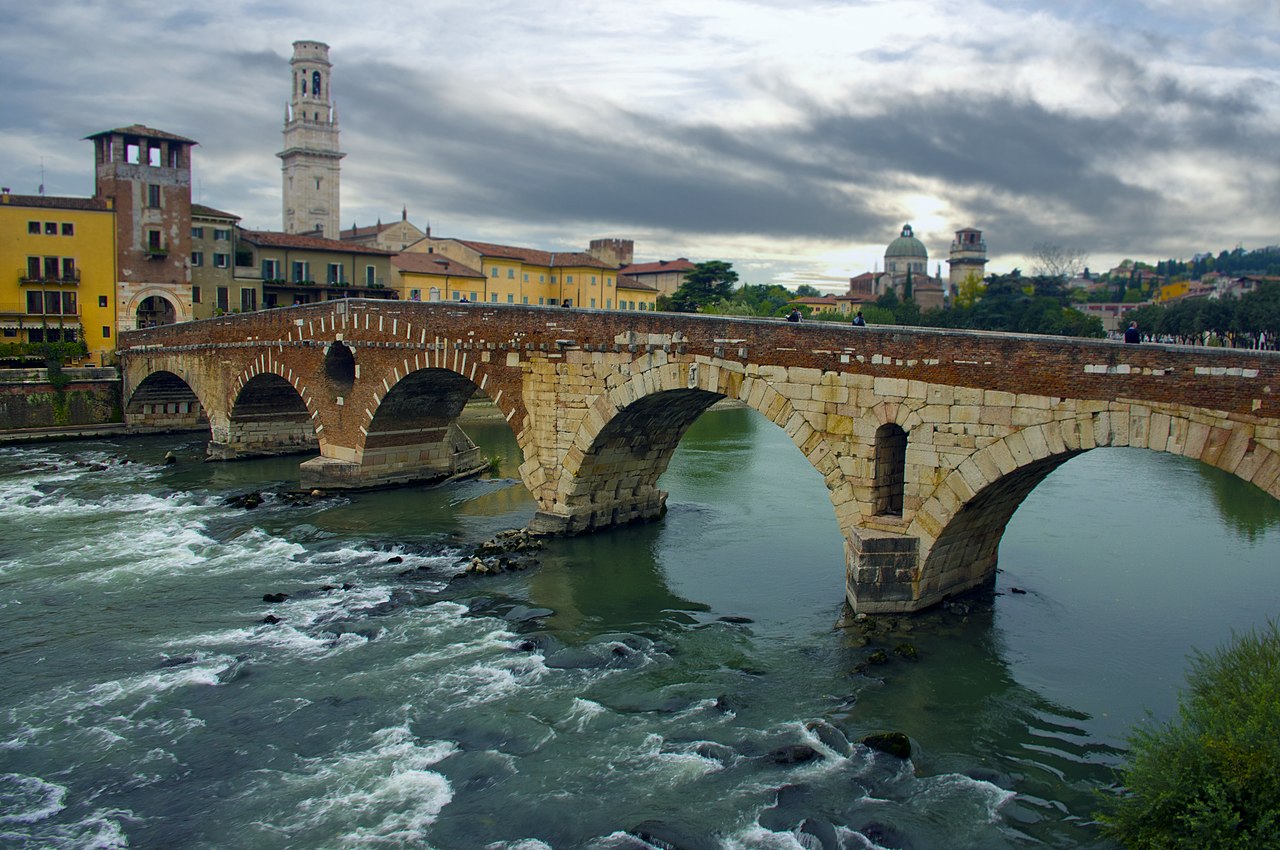
Verona Stone Bridge
Logically, if we are talking about the Latin period, as we were saying, many of the famous Roman bridges are located in Italy. This is the case of the Verona stone bridge, built to span the adige river. It measures ninety-five meters long and four meters wide and has five large arcades.
In Roman times, Verona had seven bridges, although the stone one is the only one that remains. However, the Veneto city offers you many other wonders. For example, the roman theater and amphitheater, dating from the XNUMXst century BC or the castle of san pedro. Likewise, you can visit the impressive cathedral, covered with white and pink marble; the lamberti tower, from medieval times, or the popular Basilica of San Zeno.
However, Verona has been forever linked to Romeo AND Juliet. The house of the latter can also be visited, with its famous balcony, although the truth is that, in this case, its history is based on a mixture of fantasy and reality.
Aelian Bridge
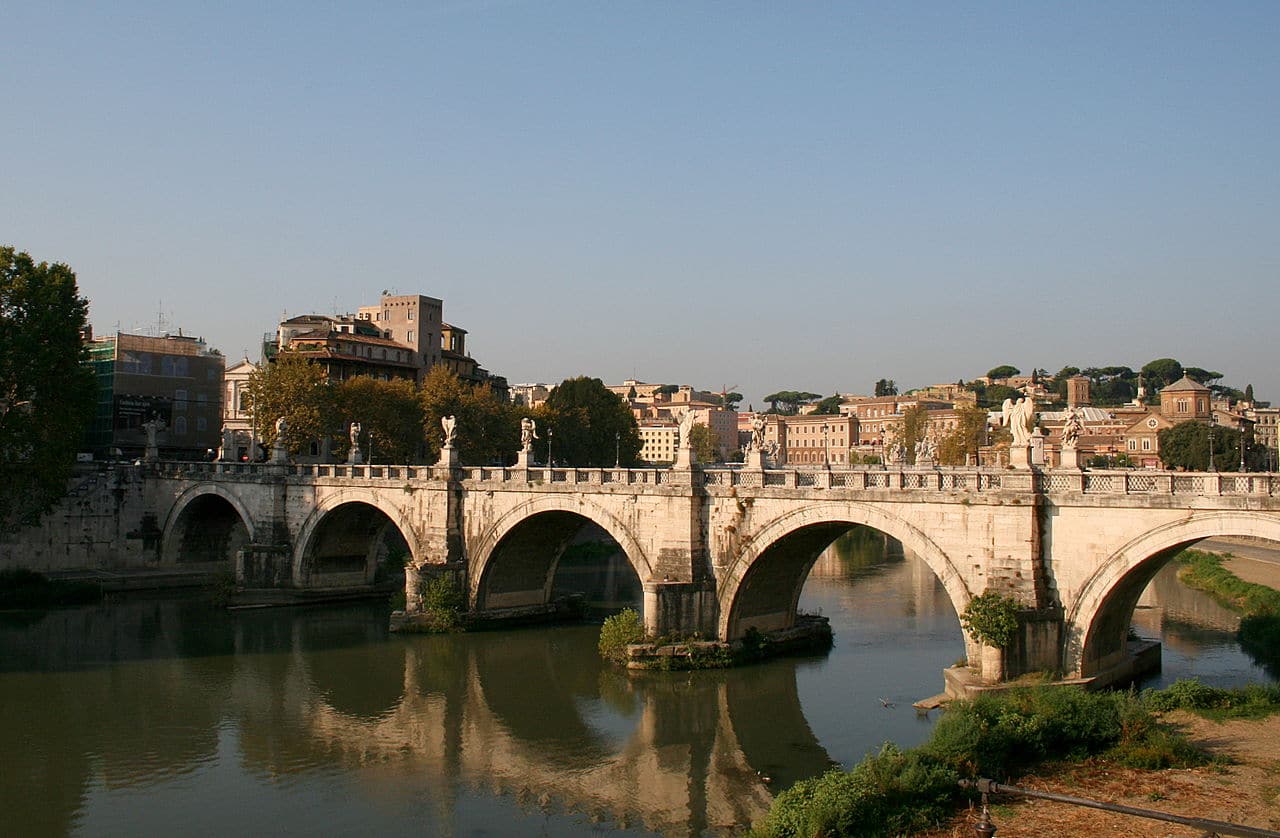
Aelius Bridge in Rome
Among the many Latin bridges that it preserves Roma this is, perhaps, the best known and, without a doubt, one of the most spectacular. Also known as Sant Angelo bridge because it was built to reach the homonymous castle.
Consequently, both constructions were commissioned by the emperor Adriano in the second century after Christ. It also has several arcades, but the most impressive thing about it is that it is covered in travertine marble. It also has several statues of angels on its side balustrades.
Currently, it is pedestrianized and offers you magnificent views, precisely, of the castle of Sant Angelo. In any case, as we were saying, it is just one of the many Roman bridges in the Eternal City. We also advise you to see the Cestius bridge, Emilio, Fabricio and, above all, the Neronian, which links the Champ de Mars with the Vatican and is also impressive.
Tiberius Bridge
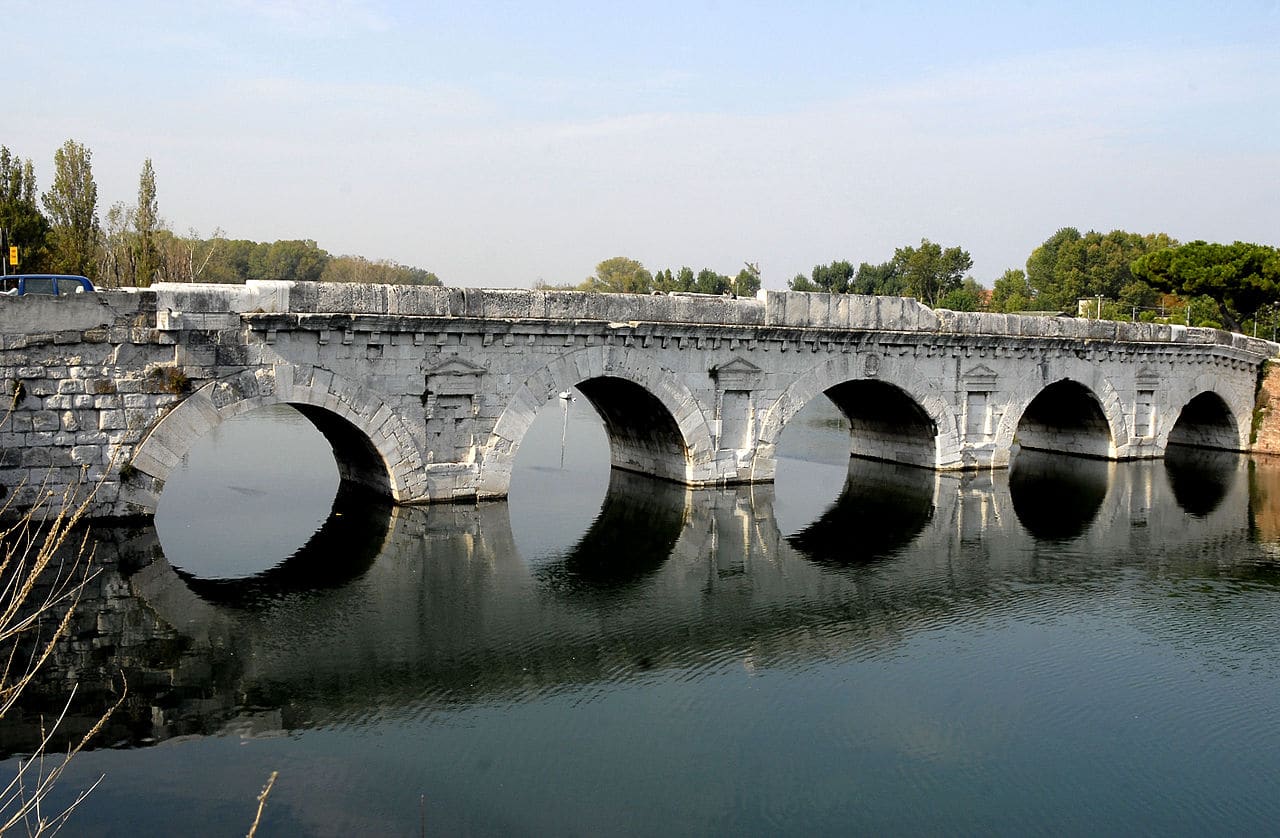
The bridge of Tiberius
We now travel to the city of Rimini to tell you about the Tiberius Bridge, completed in the XNUMXst century after Christ under the mandate of the emperor who gives it its name. He was raised to save the marequia river with stone from Istria, although it appears more austere than other Roman bridges.
It has five semicircular arches and two famous roads of the time started from it: the Emilia, which led to Piacenza, and the popilia, who was going to Ravenna. As with other cities, the bridge is not the only Roman monument in Rimini. You can also visit the anfiteatro, from the second century after Christ, and the Arch of Augustus, which had a spectacular bronze statue of this emperor unfortunately destroyed.
Likewise, Rimini offers you other wonderful monuments such as the Malatesta Temple, the name given to the cathedral for having been rebuilt by Segismundo Malatesta, and the earthquake castle, dated to the fifteenth century.
Roman bridge of Merida
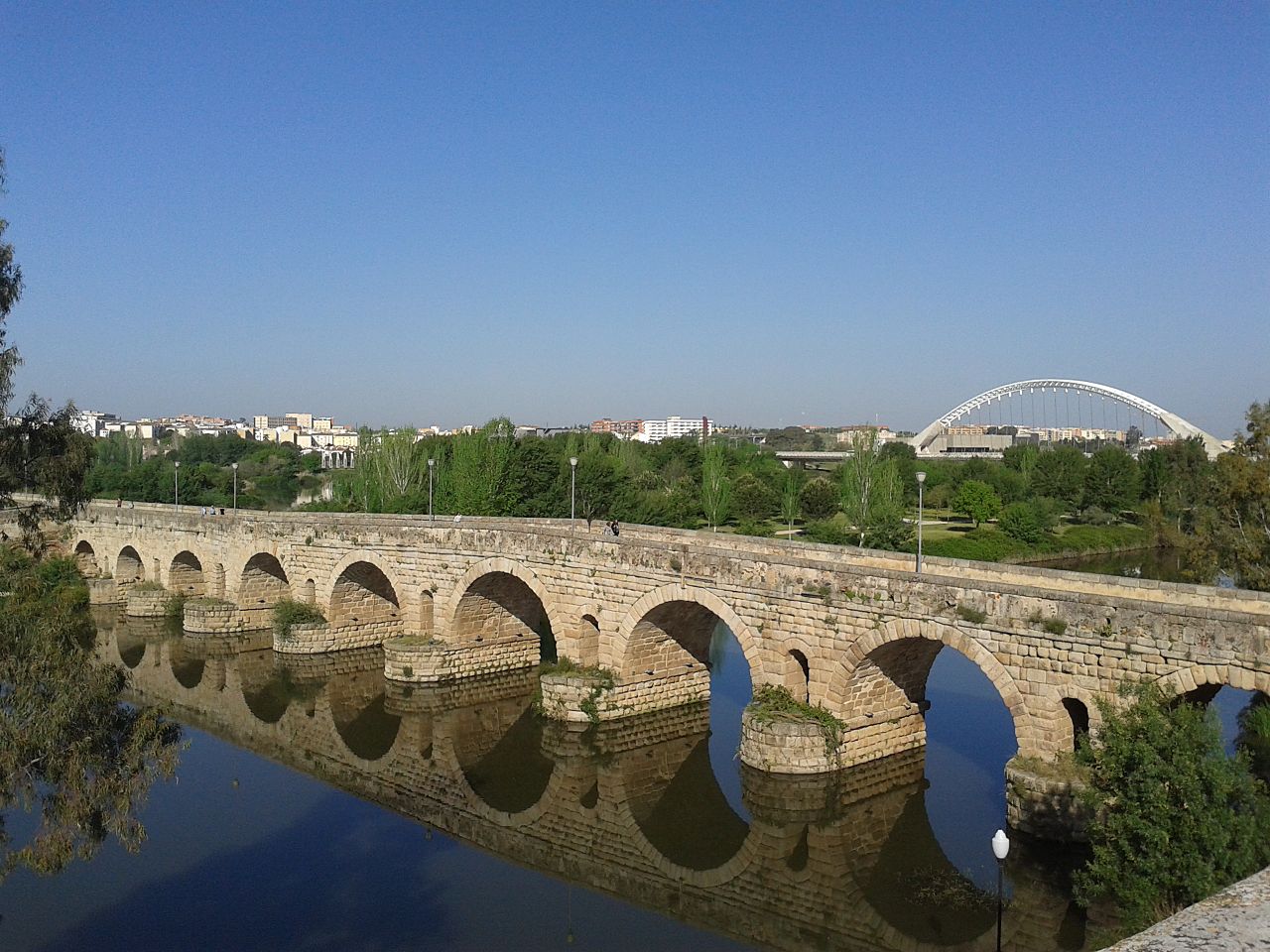
Fragment of the Roman bridge of Mérida
We have chosen to finish our review of the famous Roman bridges the one located in Mérida, a city with an impressive Latin heritage. It is no less than 790 meters long and has 60 arcades. It was built in the XNUMXst century before Christ to cross the Guadiana river.
To give you an idea of the engineering expertise of the Romans, we will tell you that it was built in one of the areas where the river is shallower. It even takes advantage of a natural island and the bottom is made up of diorites, which offered a solid foundation for the building.
This bridge is part of Archaeological Ensemble of Mérida, which enjoys the category of World Heritage. Among the wonders that make it up are the anfiteatro, circus, aqueduct of Los Milagros, temple of Diana or Trajan's arch.
But, perhaps, the great jewel of the set is the Roman Theatre, built in the year 15 before Christ according to the architectural standards of Vitruvian. Curiously, it was not recovered until the beginning of the last century. In the meantime, it had been covered by earth. However, today, after being duly secured, it still hosts the Classical Theater Festival of the city of Mérida.
In conclusion, we have shown you some of the famous Roman bridges that are still standing. We have also shown you other monuments that you can see in the cities where they are located. However, there are other bridges that are worth your visit. For example, that of Salamanca or the Cangas de Onis, without leaving Spain. And, outside of our country, the of the Eurymenton in the ancient Greek city of Aspendos, the of mysis in the Turkish town of Adana or the by Aquae Flaviae, in the Portuguese Chaves. Isn't it incredible that these wonders have survived for so many centuries?